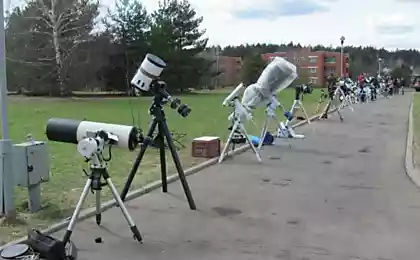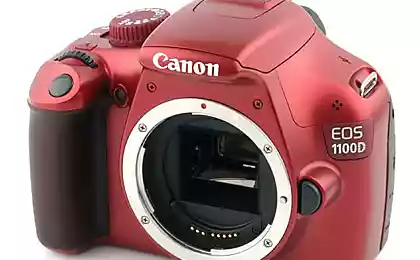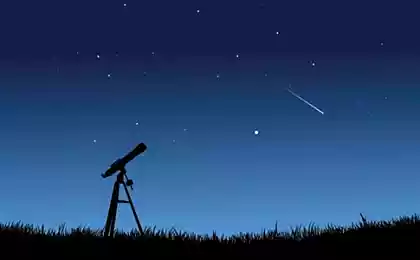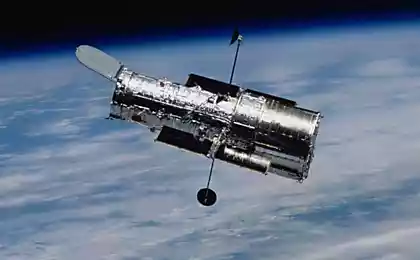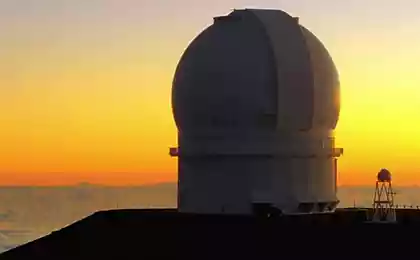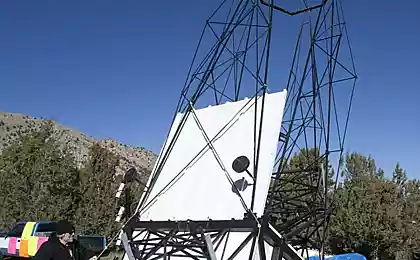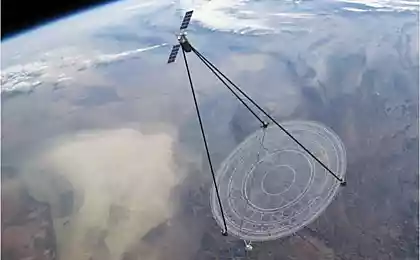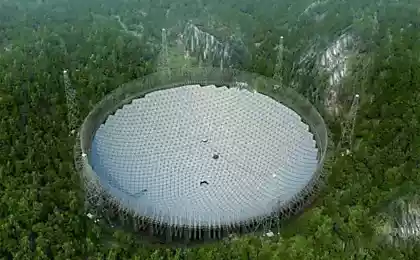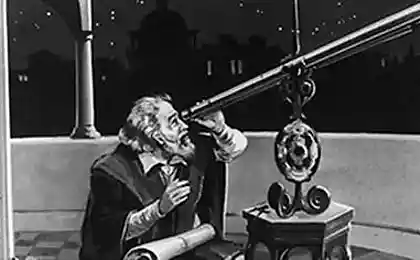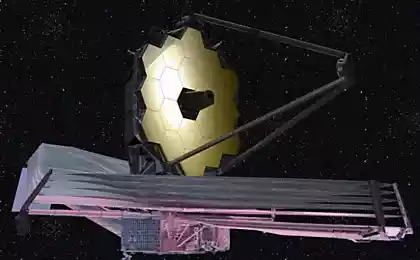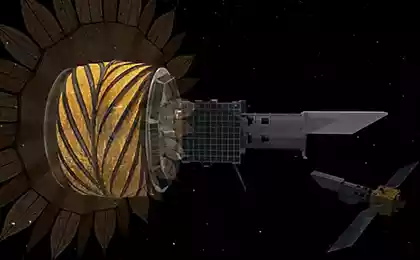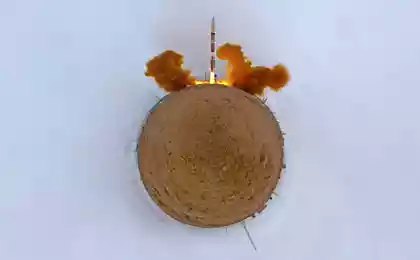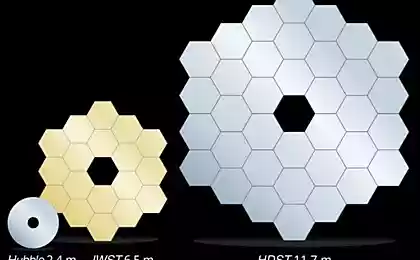1258
What are Telescopes? Crib on selection
Would you like to observe the stars and planets, but do not have time to learn the intricacies of astronomy? Really, it's not that difficult. We offer you a simple cheat sheet that will help you choose a telescope, and finally see the space with their own eyes.

To successfully choose a telescope, you need to know, firstly, telescopes differ in structure, or optical circuit. There are the following types of telescopes: refractors - refracting telescopes. They lens is a lens system. Pros refractors: large field of vision, a minimum scattering of light, easy care for the optics. Cons: can distort color. Because of its optimal characteristics of refractors for astronomical observations in the city: they are the least interfere with the bright city lights. They can be used for observation of terrestrial objects, the moon, near space.

View the moon through a telescope.
Externally refractor often is a fairly narrow tube, often with a short "tail" at the end pointing up ("tail" - it is the eyepiece).
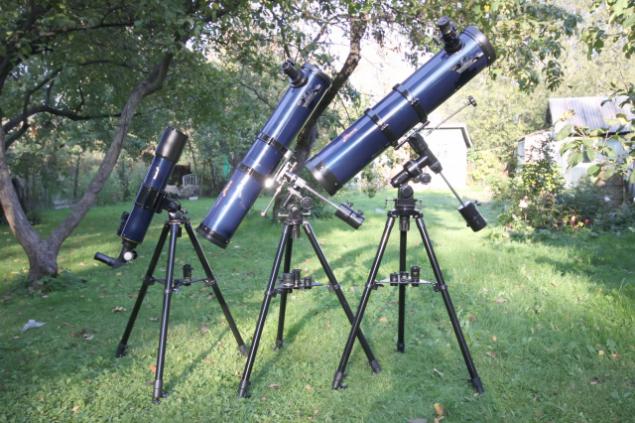
Refractor Levenhuk Strike 90 PLUS - on the left, next to him - reflecting telescope.
Reflectors - mirror telescopes: here is a mirror lens. Pros reflector - accurate color reproduction, high luminosity. Cons: need to periodically adjust the reflectors, they are quite heavy and overall. The reflector can be seen planets and deep sky objects.
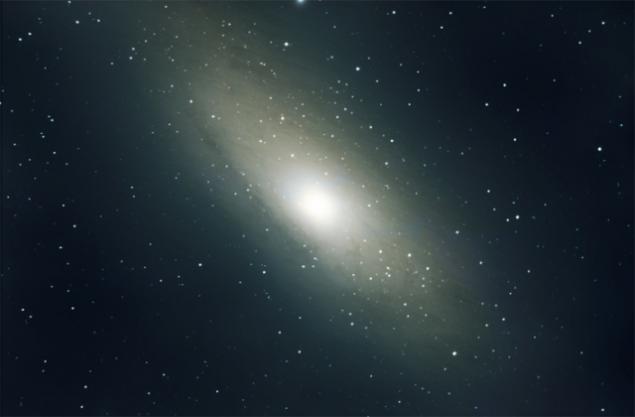
Andromeda Galaxy. It can be seen in the reflecting telescope.
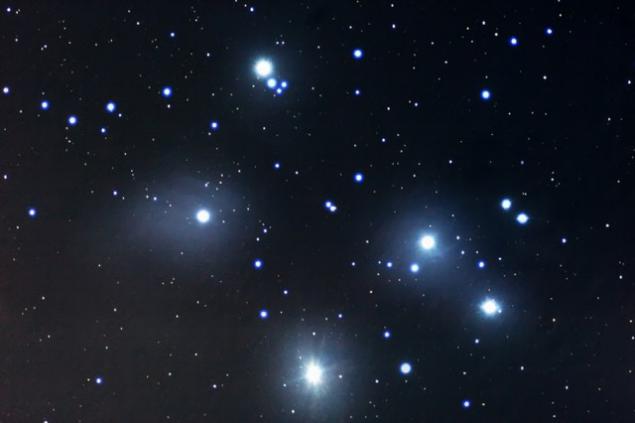
The Pleiades star cluster. Beautiful phenomenon, which can also be a good look in the reflecting telescope.
Reflector can recognize by the following features: the pipe is significantly larger diameter than that of the refractor, which has substantially the same width throughout its length. "Tail" is missing.
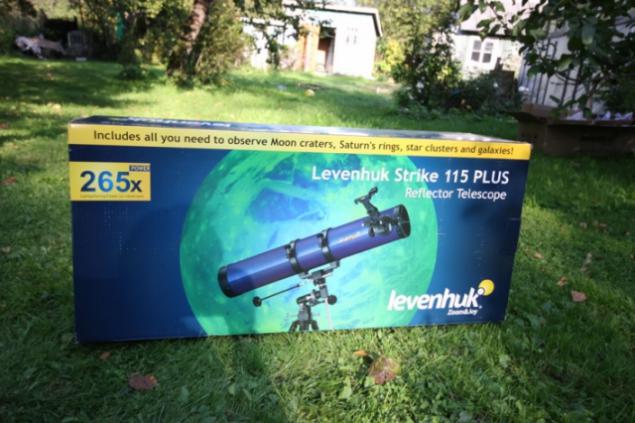
Reflector Levenhuk Strike 115 PLUS in the box.
Maksutov telescope / Schmidt.
This species catadioptric telescopes in which the lens is composed of lenses and mirrors. The advantages of such a system - a large aperture, wide field of view and kompaknost. Disadvantages: color distortion, long thermal stabilization. Maksutov telescope / Schmidt are very popular among amateur astronomers. Catadioptric telescope to learn the easiest: it is the shortest tube, 2 times shorter than that of other telescopes.
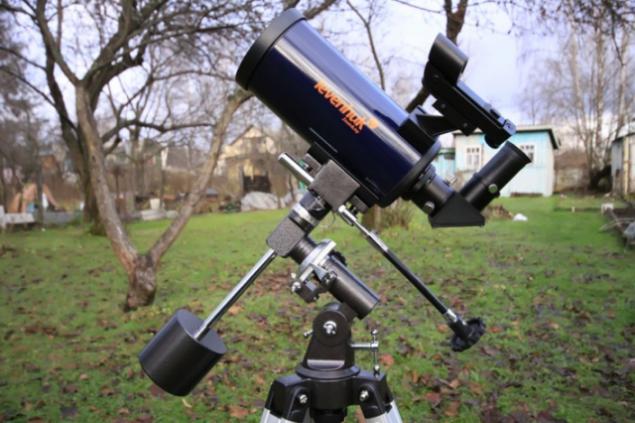
Maksutov telescope Levenhuk Strike 950 PRO.
Secondly, the telescopes of the same type can have very different features. Much depends on the size of the lens. The larger the lens, the more items will appear. However, up to certain limits. When the lens is too large (diameter 30-40 mm) - the image will be blurred. In addition, these telescopes are very demanding weather conditions. The optimum diameter of the lens - about 10 to 15 cm. If you plan to take out a telescope in the country, it must be compact. The most compact telescopes - Maksutov system / Schmidt. Refractor is also nice, but he'll need a lens hood to protect the lens. But reflector take on the nature of inconvenient - it is too cumbersome.
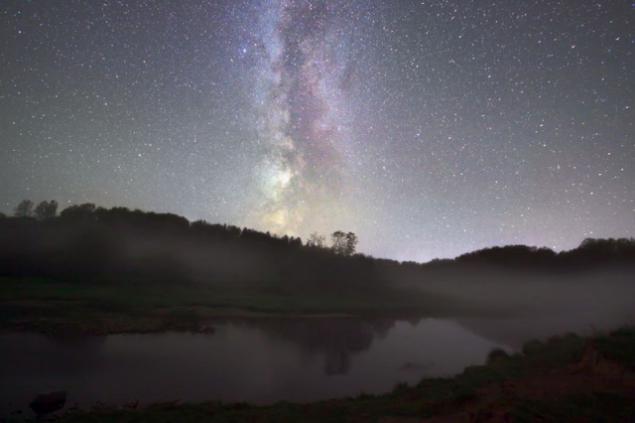
Here are the main features of the choice of the telescope. We wish you interesting observations of the starry sky!

To successfully choose a telescope, you need to know, firstly, telescopes differ in structure, or optical circuit. There are the following types of telescopes: refractors - refracting telescopes. They lens is a lens system. Pros refractors: large field of vision, a minimum scattering of light, easy care for the optics. Cons: can distort color. Because of its optimal characteristics of refractors for astronomical observations in the city: they are the least interfere with the bright city lights. They can be used for observation of terrestrial objects, the moon, near space.

View the moon through a telescope.
Externally refractor often is a fairly narrow tube, often with a short "tail" at the end pointing up ("tail" - it is the eyepiece).

Refractor Levenhuk Strike 90 PLUS - on the left, next to him - reflecting telescope.
Reflectors - mirror telescopes: here is a mirror lens. Pros reflector - accurate color reproduction, high luminosity. Cons: need to periodically adjust the reflectors, they are quite heavy and overall. The reflector can be seen planets and deep sky objects.

Andromeda Galaxy. It can be seen in the reflecting telescope.

The Pleiades star cluster. Beautiful phenomenon, which can also be a good look in the reflecting telescope.
Reflector can recognize by the following features: the pipe is significantly larger diameter than that of the refractor, which has substantially the same width throughout its length. "Tail" is missing.

Reflector Levenhuk Strike 115 PLUS in the box.
Maksutov telescope / Schmidt.
This species catadioptric telescopes in which the lens is composed of lenses and mirrors. The advantages of such a system - a large aperture, wide field of view and kompaknost. Disadvantages: color distortion, long thermal stabilization. Maksutov telescope / Schmidt are very popular among amateur astronomers. Catadioptric telescope to learn the easiest: it is the shortest tube, 2 times shorter than that of other telescopes.

Maksutov telescope Levenhuk Strike 950 PRO.
Secondly, the telescopes of the same type can have very different features. Much depends on the size of the lens. The larger the lens, the more items will appear. However, up to certain limits. When the lens is too large (diameter 30-40 mm) - the image will be blurred. In addition, these telescopes are very demanding weather conditions. The optimum diameter of the lens - about 10 to 15 cm. If you plan to take out a telescope in the country, it must be compact. The most compact telescopes - Maksutov system / Schmidt. Refractor is also nice, but he'll need a lens hood to protect the lens. But reflector take on the nature of inconvenient - it is too cumbersome.

Here are the main features of the choice of the telescope. We wish you interesting observations of the starry sky!
